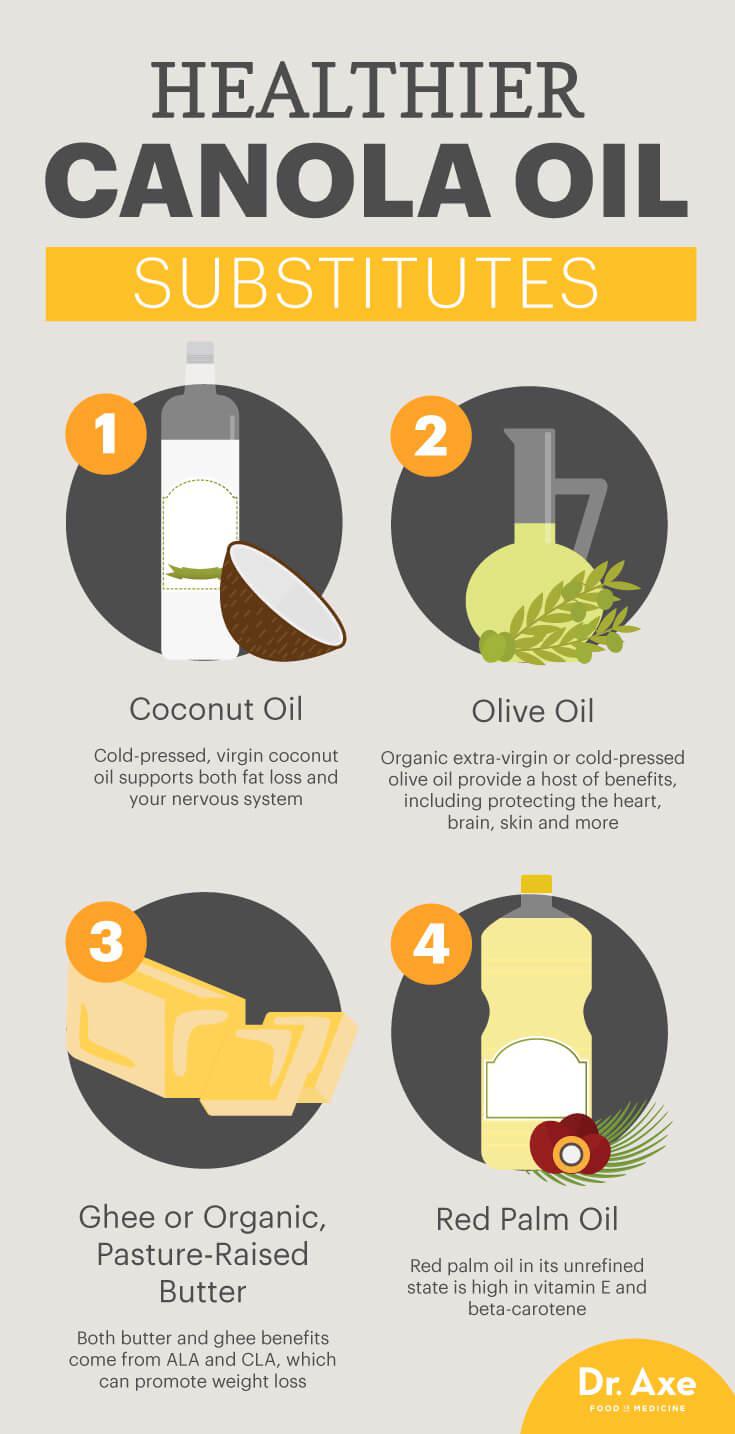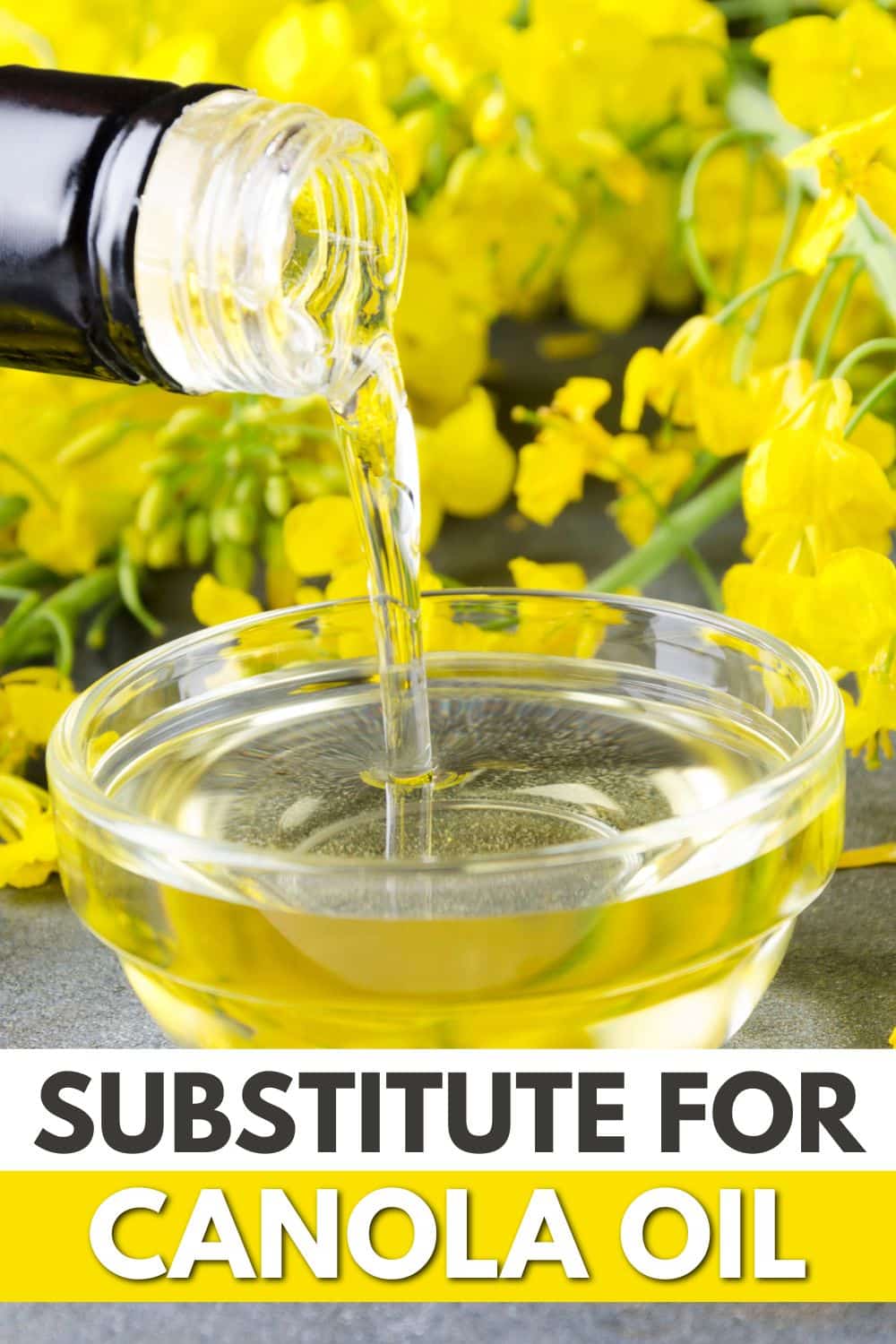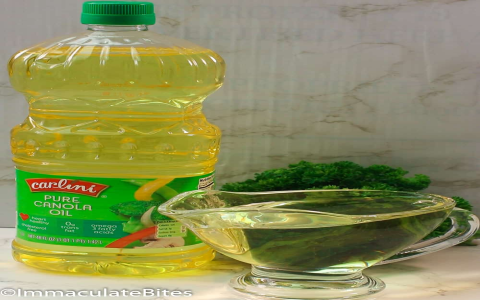Canola oil is one of those oils that almost everyone seems to have in their kitchen. It’s pretty affordable, has a mild taste, and you can use it for just about anything — frying, baking, salad dressings, you name it. But sometimes, you might find yourself wondering, “What can I substitute for canola oil?” Maybe you’re trying to eat healthier, or you don’t like the taste, or you just ran out and need a quick swap. Whatever the reason, finding the right substitute isn’t always straightforward because not all oils behave the same way in cooking or offer the same health benefits.
So, let’s dive into some of the best alternatives that are not only healthy but also versatile enough to replace canola oil in your kitchen. I’ll walk you through the top five options, what makes them special, and when to use each one. Spoiler alert: some of them might already be sitting in your pantry!
Why Even Substitute Canola Oil?
First off, canola oil isn’t a bad oil by any means. It’s low in saturated fat and has a decent amount of omega- and omega- fatty acids. Plus, it contains vitamins like E and K. Studies have shown it can help lower bad cholesterol, which is great for heart health. But, some folks worry about how it’s processed or just want something with a bit more flavor or extra health perks. Also, depending on what you’re cooking, canola oil’s smoke point might not be ideal.

So, when you’re looking for a substitute, think about a few things: How hot will you be cooking? Do you want a neutral taste or something that adds character? Are you looking for an oil that’s packed with nutrients? These questions will help you pick the right one.
The Top Healthy Substitutes for Canola Oil
| Oil | Smoke Point (°F) | Flavor | Nutrition Highlights | Best Uses |
|---|---|---|---|---|
| Avocado Oil | 520 | Mild, buttery | High in monounsaturated fats, vitamin E, antioxidants | High-heat cooking, frying, baking |
| Extra Virgin Olive Oil | 375-410 | Fruity, robust | Rich in polyphenols, monounsaturated fats | Dressings, low-medium heat cooking |
| Grapeseed Oil | 420 | Neutral, light | High in polyunsaturated fats, vitamin E | Sautéing, frying, baking |
| Sunflower Oil | 440 | Neutral, slightly nutty | High in vitamin E, polyunsaturated fats | Frying, baking, salad dressings |
| Coconut Oil | 350 | Sweet, tropical | High in saturated fats, lauric acid | Baking, low-heat cooking, flavoring |
1. Avocado Oil: The Nutrient-Rich All-Rounder
Avocado oil has been popping up everywhere lately, and for good reason. It’s got a super high smoke point — around 520°F — which means it can handle frying and searing without breaking down. Plus, it’s packed with good-for-you monounsaturated fats and vitamin E. I personally love its mild, buttery flavor; it’s subtle enough not to overpower dishes but gives a nice richness.
Compared to canola oil, avocado oil has more antioxidants, which might help reduce inflammation. It’s a great choice if you want something healthy and versatile. I often use it when I’m making stir-fries or roasting veggies at high heat.
2. Extra Virgin Olive Oil: The Classic Mediterranean Favorite
Olive oil is a kitchen staple for many, and extra virgin olive oil (EVOO) is the premium version. It has a lower smoke point than canola (375-410°F), so it’s not always the best for deep frying, but it’s fantastic for sautéing, roasting at moderate heat, or just drizzling over salads.
What makes EVOO special are its polyphenols — natural compounds with antioxidant and anti-inflammatory effects. Research has linked EVOO to lower risks of heart disease, diabetes, and even some cancers. It has a bold, fruity flavor that can really elevate a dish, though it’s definitely stronger than canola oil’s neutral taste. If you’re into Mediterranean cooking, EVOO is a must-have.
3. Grapeseed Oil: The Neutral, Go-To Option
Grapeseed oil is made from the seeds of grapes — a byproduct of winemaking. It has a fairly high smoke point (about 420°F) and a neutral, light taste, which makes it super versatile. If you want something that won’t change the flavor of your food, grapeseed oil is a solid bet.
It’s also a good source of polyunsaturated fats and vitamin E, which are great for your skin and overall health. I often reach for grapeseed oil when I’m baking or making salad dressings where I want the other ingredients to shine.
4. Sunflower Oil: Mild and Easy to Find
Sunflower oil is another common kitchen oil that’s pretty similar to canola oil in many ways. It has a high smoke point (around 440°F) and a mild, slightly nutty flavor. It’s rich in vitamin E and polyunsaturated fats, which are good for heart health.
It works well for frying, baking, and dressings. Just a heads up — sunflower oil tends to have more omega- fatty acids than canola, so if you’re watching your omega- to omega- balance, keep that in mind.
5. Coconut Oil: The Flavorful but Saturated Fat-Heavy Choice
Coconut oil is a bit of a wildcard. It’s high in saturated fats — much more than canola oil — and has a lower smoke point (about 350°F). It’s best used in baking or low-heat cooking, and it adds a sweet, tropical flavor that can be delicious in certain recipes.

While saturated fats often get a bad rap, coconut oil contains lauric acid, which might raise your good cholesterol (HDL). Still, it’s best to use it sparingly, especially if you’re concerned about heart health.
Nutritional Snapshot: How These Oils Stack Up
| Oil | Calories (per tbsp) | Saturated Fat (g) | Monounsaturated Fat (g) | Polyunsaturated Fat (g) | Vitamin E (% DV) | Smoke Point (°F) |
|---|---|---|---|---|---|---|
| Canola Oil | 124 | 1.0 | 8.9 | 3.9 | 10 | 400 |
| Avocado Oil | 124 | 1.6 | 9.9 | 1.9 | 20 | 520 |
| Extra Virgin Olive Oil | 119 | 1.9 | 10.0 | 1.5 | 11 | 375-410 |
| Grapeseed Oil | 120 | 1.5 | 3.9 | 9.3 | 15 | 420 |
| Sunflower Oil | 120 | 1.7 | 2.7 | 9.3 | 37 | 440 |
| Coconut Oil | 117 | 11.8 | 6.3 | 0.2 | 0 | 350 |
How to Pick the Right Substitute for You
Honestly, it depends on what you’re cooking and what you care about most. If you’re frying or roasting at high heat, avocado oil or sunflower oil are your best bets. Want something that adds flavor and health benefits for salads or light sautéing? Go for extra virgin olive oil. Need a neutral oil that won’t mess with your recipe’s taste? Grapeseed oil is your friend. And if you’re baking or want that tropical hint, coconut oil can be fun — just don’t go overboard.
FAQs
Q1: Can I use olive oil instead of canola oil for frying?
Yes, but keep in mind that extra virgin olive oil has a lower smoke point than canola oil. For deep frying, avocado or sunflower oil might be better. For pan-frying or sautéing at medium heat, olive oil works great.
Q2: Is avocado oil healthier than canola oil?
Avocado oil tends to have more antioxidants and monounsaturated fats, which are great for heart health. Canola oil is still healthy and usually cheaper. Both are good choices compared to saturated fats.
Q3: Are there oils I should avoid as substitutes?
It’s best to avoid hydrogenated oils or those very high in saturated fats like palm oil for everyday cooking. Also, avoid oils with low smoke points for high-heat cooking.
Q4: Can I substitute coconut oil for canola oil in baking?
Yes, coconut oil works well in baking and adds a nice flavor, but because of its high saturated fat content, use it in moderation.

Q5: Will switching oils affect my cholesterol?
Replacing saturated fats with oils rich in monounsaturated fats, like canola, avocado, or olive oil, can help lower bad cholesterol and protect your heart.
Final Thoughts
So, what can you substitute for canola oil? Quite a few options, actually. Each has its own perks and quirks. Avocado oil is great for high-heat cooking and nutrition, olive oil brings flavor and antioxidants, grapeseed oil offers neutrality, sunflower oil is mild and easy to find, and coconut oil adds a unique twist with flavor — but watch the saturated fat. The key is to match the oil to your cooking style and health goals. Mixing it up a bit can keep your meals interesting and your heart happy.
Next time you’re staring at an empty canola oil bottle, you’ll have plenty of tasty, healthy alternatives to reach for instead.



